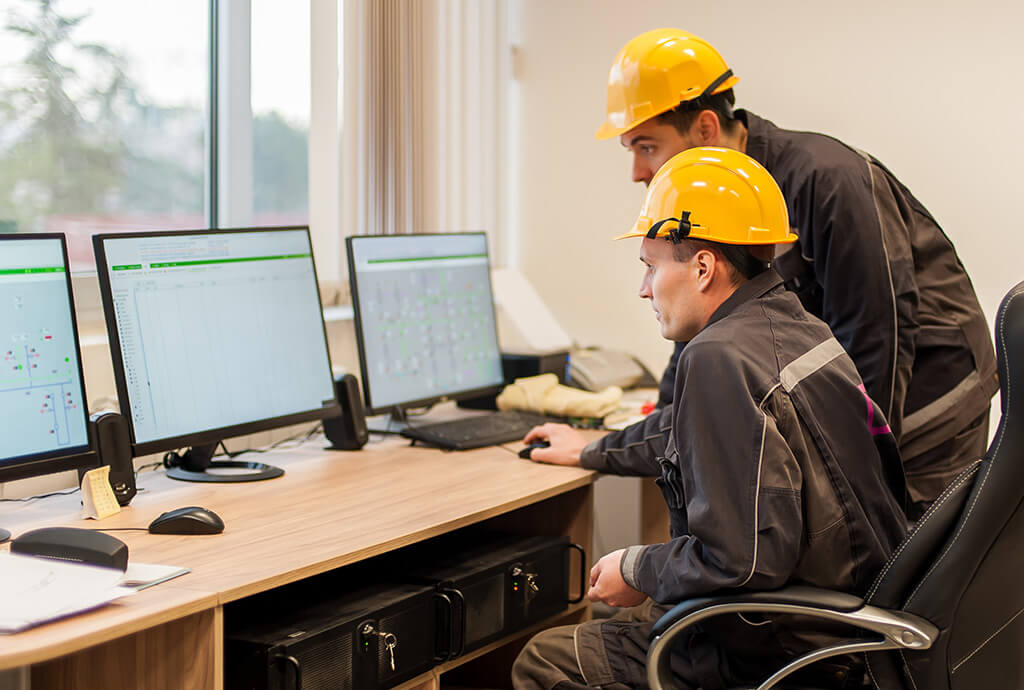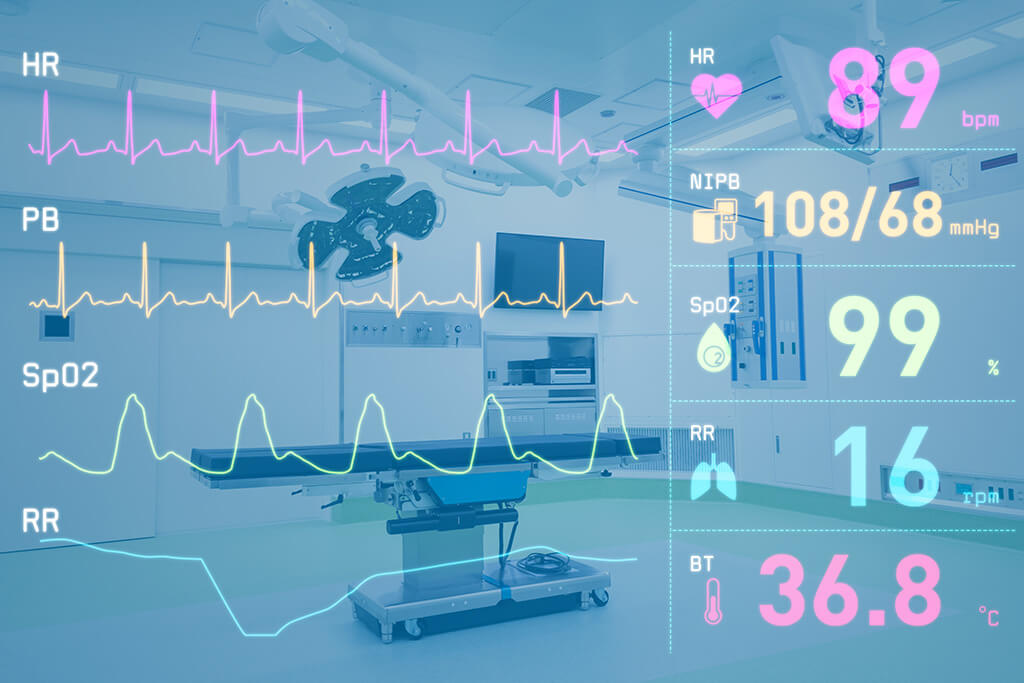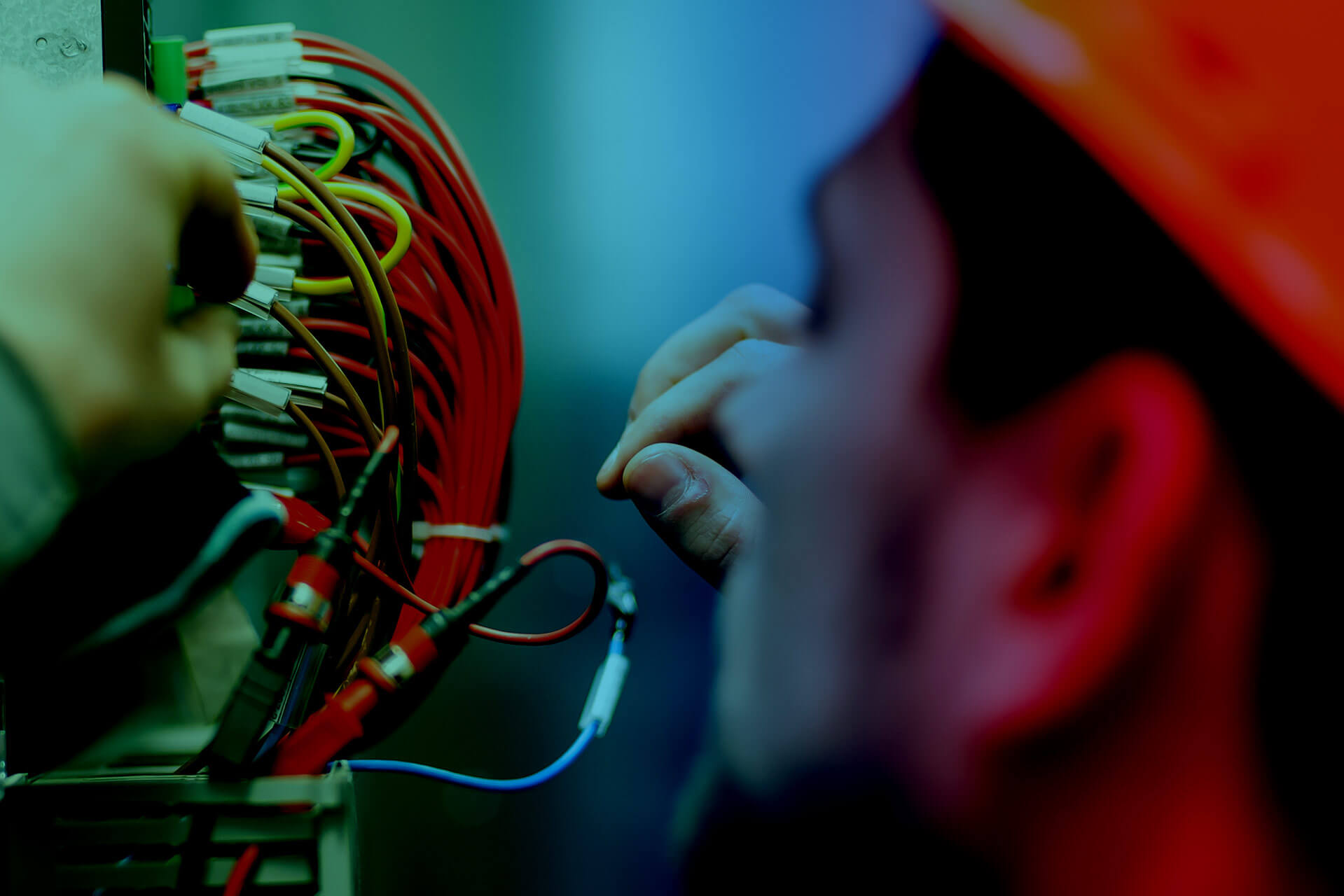Risks in hospital electrical installations can lead to very serious situations. That is why care must be taken and a perfect electrical safety should be provided.
There are certain considerations that must be taken into account to know how to avoid risks in hospital electrical installations, so that accidents can be prevented.
In fact, we must bear in mind that the main causes of risks in hospital electrical installations are:
- Defective wiring
- Equipment in poor condition
- Leakage currents in equipment
- Do not follow the rules of good use of the equipment
- Do not follow usage regulations of the equipment
- Among others
According to experts, electrical problems represents the second cause of fire in hospitals.
All of the above reinforces the need for experts in electrical safety for these types of facilities in hospitals.
Why should hospital electrical installations in critical areas be audited?

Critical areas are exposed to two fundamental risks when electrical installations do not have the proper design and plan:
Macroshock
These can cause:
- Severe burns
- Death, due to the currents flowing through the skin, of the order of microamps
- Muscle contractions
It is important that the risks produced by such scenarios in hospital electrical installations are eliminated.
Microshock
These are the currents that could flow through tissues and skin, of the order of microamps.
They occur mostly where they are used:
- Pacemaker
- Conductors such as catheters or others invasive
These could cause heart failure. In these faults, leakage currents are also involved. This type of risk can be avoided by using electrical insulation panels.
Aspects to understand how to avoid risks in hospital electrical installations

Some of the most frequent risks, which are identified when assessing the likelihood of accidents:
- Direct contact with an active part without installation failure, these contacts with active part are 220 V
- Incorrect handling of equipment, which could cause leakage currents
- For this, an Isolated Power System is implemented, which is additional to the preventive maintenance plan that could avoid such leaks.
- Indirect contact with an active part, when the installation fails, which can range from 25 to 220 V
So, a maintenance plan must be implemented, which can prevent the failure of both electrical installations due to deficiency, and of equipment from any cause.
It is possible to avoid risks in hospital electrical installations, and for this you need to have a good management.
You know the guidelines that we have shared can help you to understand how an assessment and the design of electrical installations should be carried out, that way you will know what to expect from a company that is responsible for eliminating all types of risk in electrical installations.



